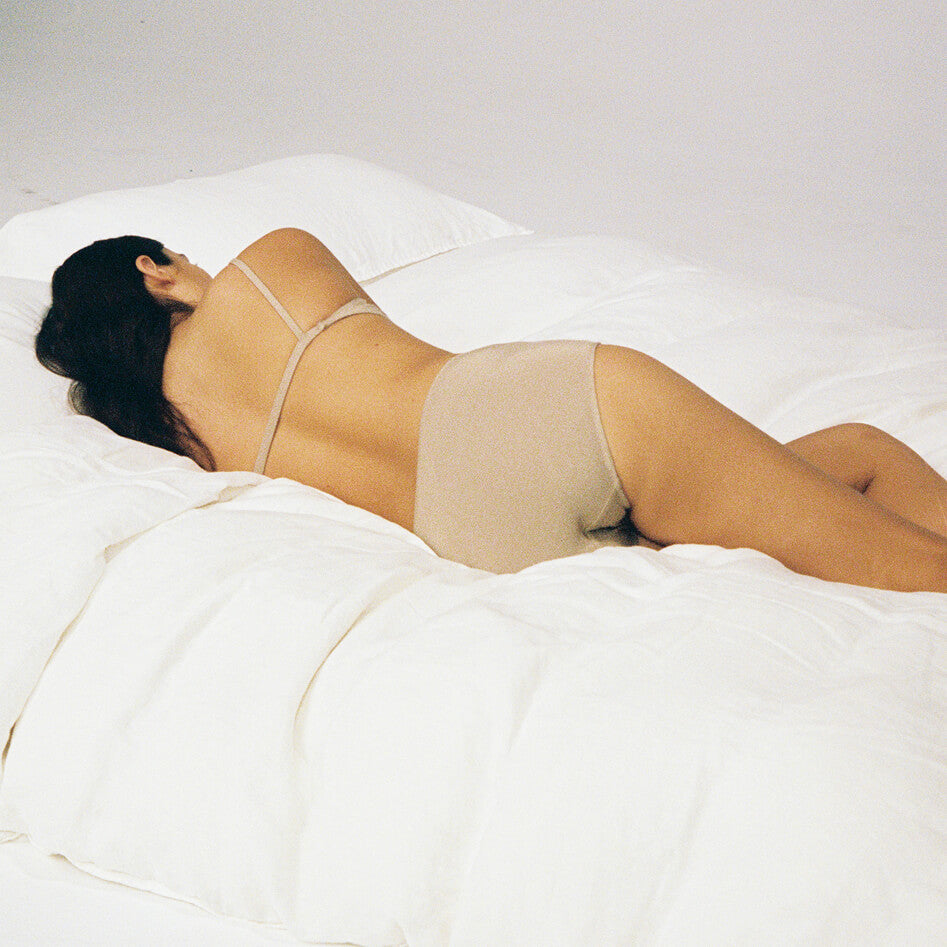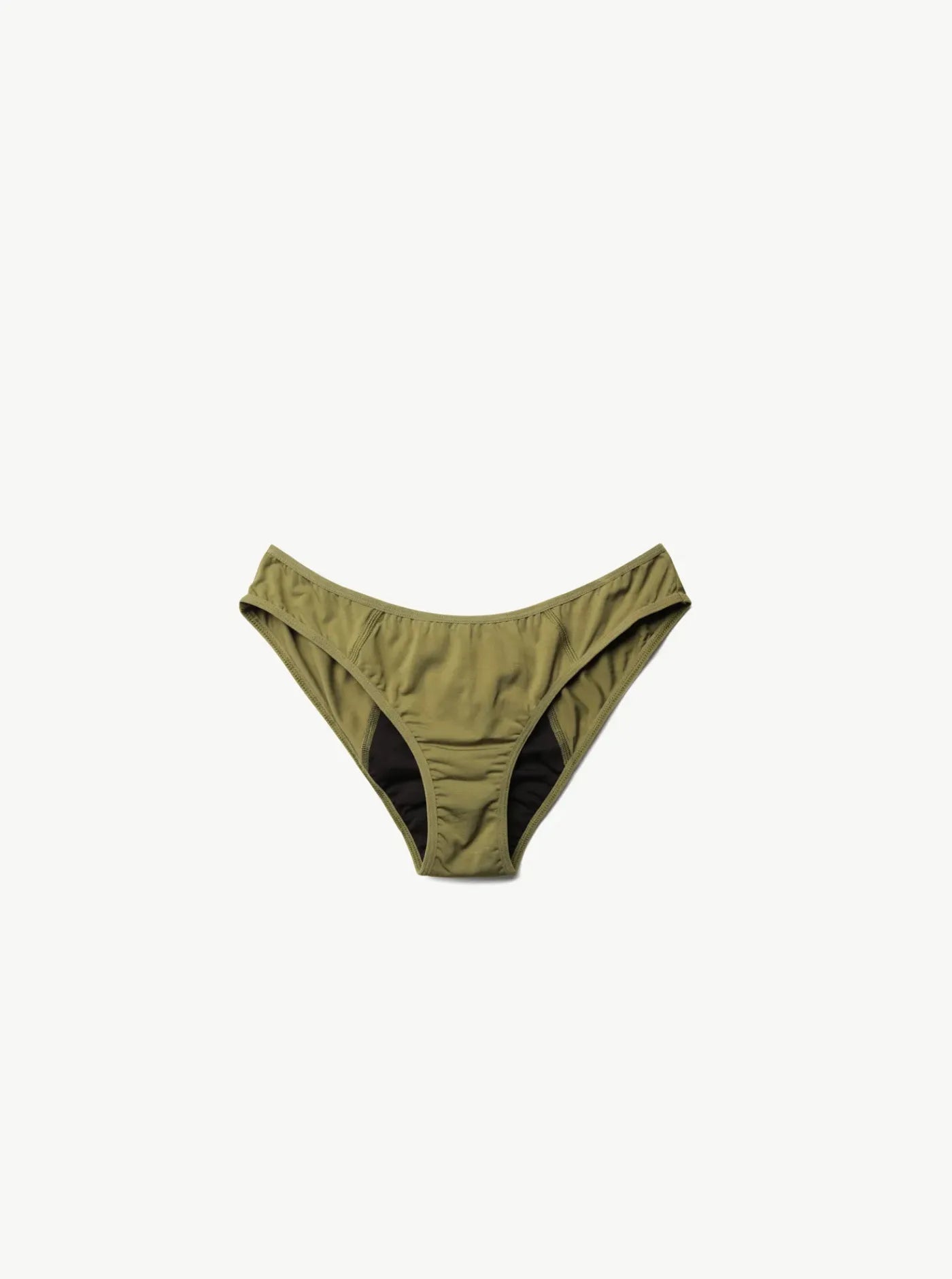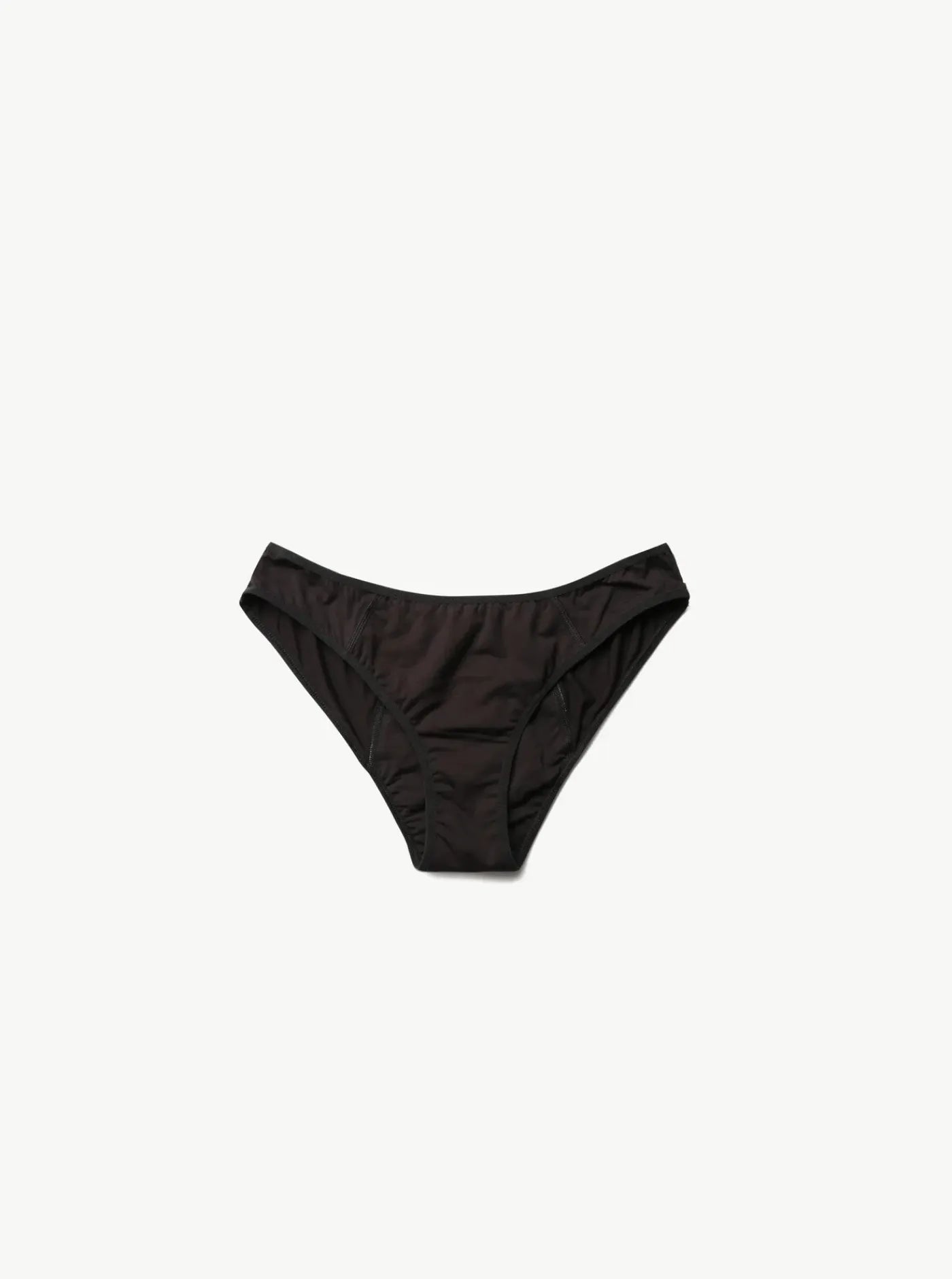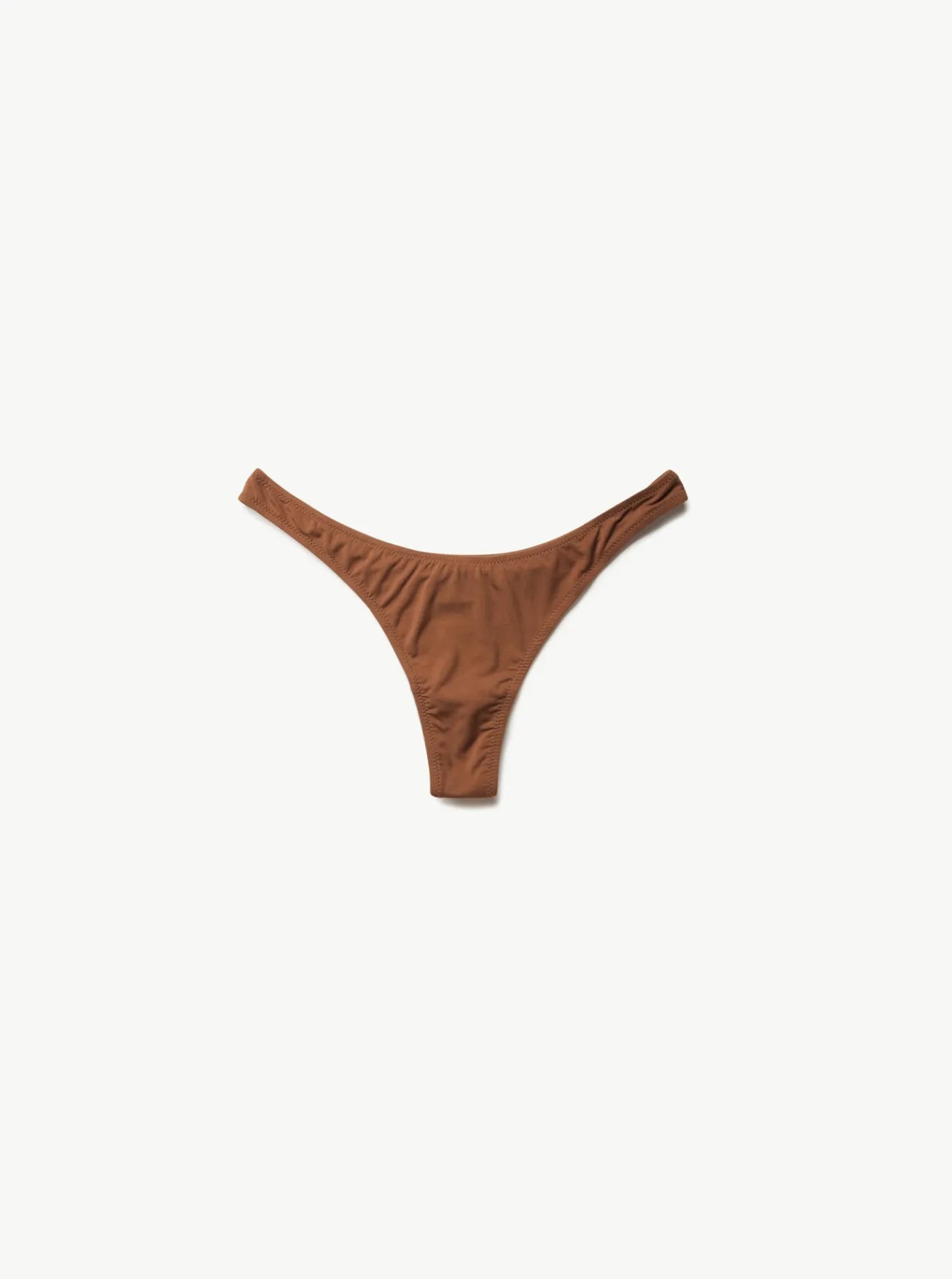In a consumerist world of more, more, more a growing number of people are opting for a minimalist approach. How does it work? Can you buy your favourite, sustainable clothing yet still call yourself a minimalist?

The appeal of adopting a minimalist lifestyle is filtering through and becoming globally ever more mainstream. In doing so minimalism is shedding its more extreme associations.
Minimalism doesn’t mean you get rid of all your belongings, wearing only black and throw out everything you hold dear. It simply means removing the clutter from your life. This could be anything from material possessions through to simplifying your finances, making space and time for the things that are truly important to you and your values.
And it does mean asking yourself some searching questions like, how much of your ‘stuff’ do you wear or use regularly? Do you have piles of clothes on that top shelf that rarely see the light of day? Do you keep a lot of items ‘just in case’? If you answered no to the previous questions consider these ones. Can you recall every item of clothing you own? Do you truly love every piece of clothing in your wardrobe?
The principle of minimalism, as popularised by the Canadian duo, Joshua Fields Millburn and Ryan Nicodemus, a.k.a The Minimalists, is that every possession you have should be “useful or bring you joy.”
How does the contents of your wardrobe look when you apply these principles?

Trying a minimalist wardrobe
There are many creative ways to clear out your clutter and sort out the items you rarely use. One method is called Project 333, created by Courtney Carver.
In essence, it’s wearing only 33 items or less in your wardrobe for three months. This minimalist fashion challenge champions the idea of a capsule wardrobe. The thirty-three item limit includes shoes and accessories, but, thankfully, not underwear.
Read Courtney’s tips on prioritising and decluttering here
It could lead you to finding your signature style and a lot more space.
Does minimalism and fashion go together?
Fast changing fashion styles and the lure of cheap prices don’t hang too well, but being a minimalist doesn’t mean you never go shopping or buy new things.
But it may mean getting more creative. You could borrow a dress from a friend rather than buy something you may only wear once. And there’s a wealth of choice in second hand clothing stores, vintage and charity shops. But sometimes only new will do.
"Consumption isn’t the problem; compulsory consumption (consumerism) is the problem.”
Now the difference here is - buy deliberately, buy mindfully. This is where minimalism and ethical fashion can meet.

Conscious consumption
What we need to be on our guard about is falling for the advertising that preys on our weaknesses. What we can do is search out clothing that best represents us, our lifestyle and our values and, of course, makes us feel good. Try before you buy the following questions - and for the ethical fashionistas amongst us - this checklist will come as no surprise:
- Does this brand align with my values?
- Is it clear where and how this item was made?
- Have environmental impacts been considered?
- Am I paying the true cost for this item?
- How were the people treated who made it?
- What else would you add here?
Then for good measure add the minimalist principles:
Is it useful?
Will it bring me joy?
= A minimalist ethical fashion choice.

We like to call it slow fashion
It’s not a maxim of little and often. Sometimes shopping can take a lot longer when applying these principles. At times it can seem overwhelming. But savour the buying process and make the best decision for you with the information you have. Identify the brands you want to champion and put your well-earned money behind them. Celebrate each purchase. And perhaps, most importantly, make each item you own have its own story that you’re proud to share.
At HARA, we’re big fans of the minimalism movement. We believe that over-consuming has a huge part to play in the environmental impact the fashion industry has on the planet. There are many ways to try and tackle overconsumption, for us, we decided to focus on sustainability in the production of clothing. After all, if all the clothing produced was natural and sustainable then eventually it would go back to the earth, biodegrade and nourish the land.
The organic bamboo that we use is a regenerated fibre and 100% biodegradable. We do use 10% spandex in our fabric which we are currently working on replacing with a natural alternative.
When you need a new item of underwear consider making it a HARA natural bra or undies.
You can read more about our principles here









